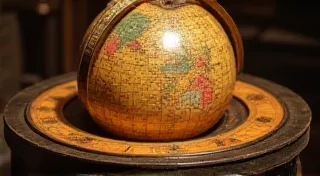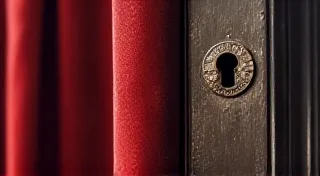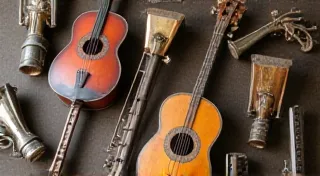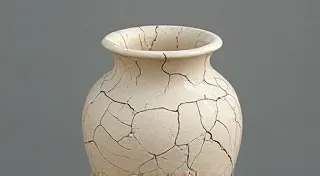The Whispers of Weights and Wheels: Deciphering Silent Signals
There’s a peculiar intimacy that develops when you spend time with antique adding machines. They aren't merely mechanical devices; they're echoes of a bygone era, vessels of ambition and calculation that once hummed within the bustling offices of the past. The satisfying click of the carriage return, the gentle tremor as the weights settle – these aren't just sounds, they’re narratives. And as a restorer, my role isn’t just to fix broken parts, but to listen to what those whispers are trying to tell me.
My fascination began with my grandfather’s desk. A stout, mahogany behemoth, it housed a Brunsviga adding machine – a model ST. I was a child then, mesmerized by its intricate gears, levers, and weighty columns. It wasn’t a toy; it was a tool, a symbol of his profession as an accountant. He’s gone now, but the memory of him carefully operating that machine, the focus etched on his face, is vivid. That Brunsviga represented more than just addition; it was the embodiment of methodical precision, a quality I’ve tried to emulate in my own pursuits.
The true art of repairing these machines isn't about brute force or blindly following a parts diagram. It’s about observation. It’s about learning to hear what the machine is saying when it struggles, when it hesitates, when it falls silent. Each machine, even within the same model line, has its own unique quirks and tells its own story of use, abuse, and neglect.
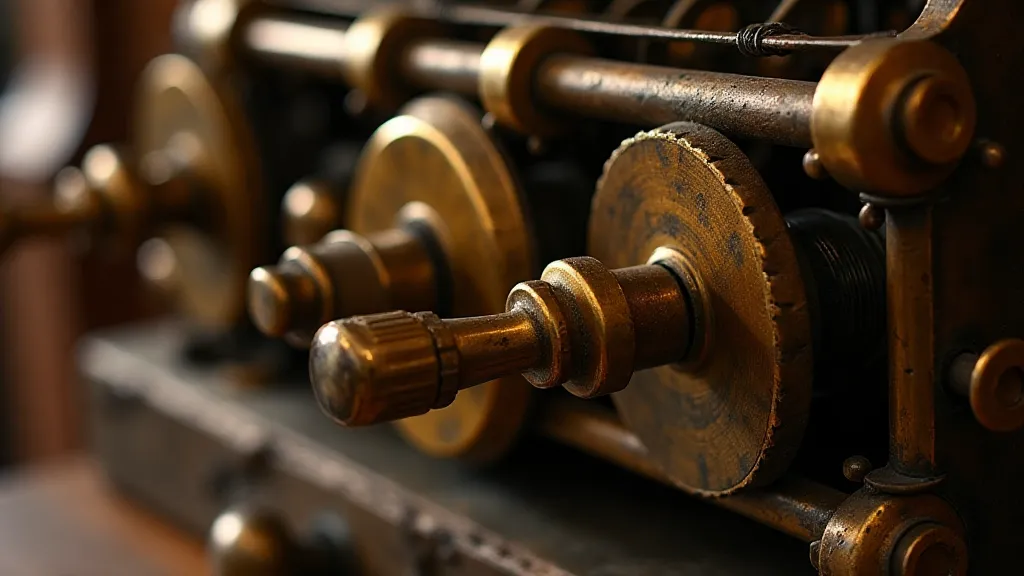
Beyond the Obvious: Recognizing Subtle Clues
A stuck carriage, a jammed key, a misaligned weight – these are the obvious symptoms, the first cries for help. But the real challenge lies in identifying the underlying causes. For instance, a carriage that repeatedly binds might not simply need lubrication. It could be a subtle warping of the carriage rail, a tiny piece of debris lodged in the track, or a misalignment of the feed pawls, only detectable through careful scrutiny.
Take the case of a recent Curta repair. It would add, but the revolution counter seemed erratic, sometimes overshooting, sometimes undershooting. The manual suggested cleaning and lubrication. I cleaned it meticulously, lubricated every bearing, and the problem persisted. I spent hours observing its behavior, listening intently to the faint clicks and whirs. Finally, I noticed that the click of the indicator drum was subtly different after each revolution. The drum itself wasn’t perfectly aligned; a tiny amount of corrosion on one of the pawls was preventing it from engaging perfectly. A minuscule adjustment, barely perceptible, solved the issue. This highlights a crucial point: sometimes, the problem isn't what it appears to be. It’s what’s causing what you’ve observed.
The Language of Lubrication: More Than Just Oil
Lubrication is frequently misused. Many restorers assume more is better. It’s not. Excessive lubrication attracts dust and debris, creating a sticky mess that ultimately exacerbates the problem. Furthermore, modern oils aren't always compatible with the aged materials of these machines. The rubber gaskets and felt seals used in these machines are particularly susceptible to damage from modern petroleum-based lubricants. I prefer to use mineral oil, applied sparingly and precisely to the areas most prone to friction.
Applying oil isn’t just a matter of squirting it onto the moving parts. It’s an art form. It's about understanding how the oil will behave within the mechanism, how it will wick into the tightest spaces, and how it will affect the overall performance of the machine. A thin brush, a needle-point applicator, a gentle touch – these are the tools of the trade.
The Significance of Weights and Their Dance
The weights themselves are a source of profound insight. Each weight represents a power of ten, from ones to millions. The way they settle, the smoothness of their movement, the sound they make as they engage – these are all indicators of their condition. Heavily worn weights may exhibit significant play, impacting the accuracy of the calculations. A weight that feels loose or sticks can reveal a problem with its suspension or the track it runs in.
More than just functional components, these weights represent the ingenuity of a bygone era. Imagine the precision required to manufacture these weighted cylinders, each perfectly balanced and calibrated. It’s a testament to the skill and dedication of the craftsmen who built these machines.
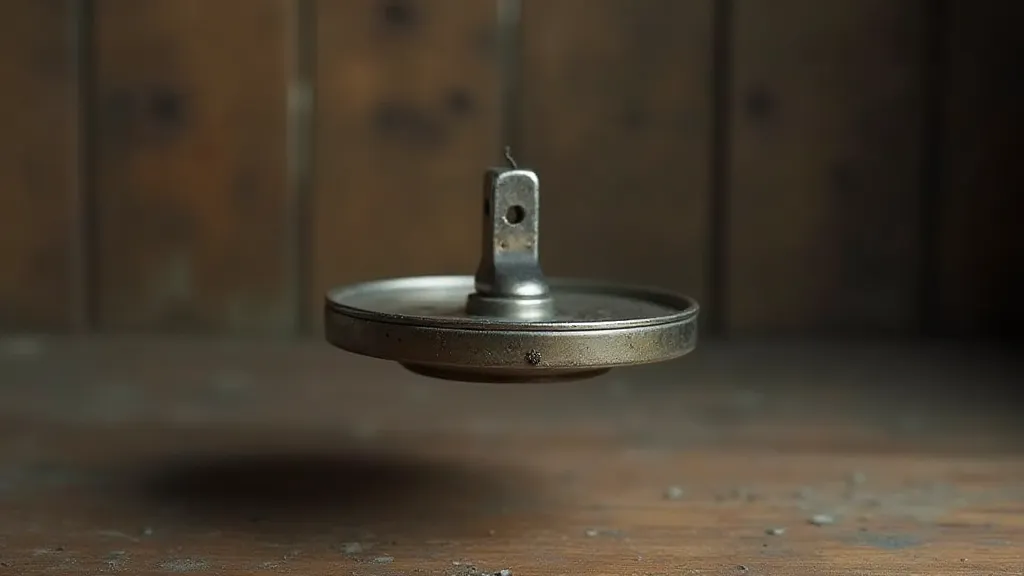
Beyond Repair: Appreciating the History
Restoring an antique adding machine isn't simply about bringing it back to working order. It’s about preserving a piece of history. Each machine tells a story—a story of the office it inhabited, the people who used it, the calculations it performed. When I repair these machines, I feel a sense of responsibility to honor that history. I research their origins, learn about their inventors, and try to understand their place in the broader context of technological advancement.
The Brunsviga I mentioned earlier? It wasn't just my grandfather’s machine; it was part of a lineage. Thousands of Brunsvigas were used by accountants, engineers, and businesses around the world. Each one played a small role in the complex tapestry of economic activity. And by restoring it, I’m contributing to the preservation of that legacy.
The Enduring Appeal of Mechanical Calculation
In an age of ubiquitous digital calculators, why bother with these archaic machines? The answer, I believe, lies in the tangible connection they offer. There’s something profoundly satisfying about physically manipulating the levers and weights, witnessing the gears turning, and feeling the calculation unfold before your eyes. It's a direct, visceral experience that is simply absent in the digital realm.
Moreover, these machines represent a different way of thinking, a different approach to problem-solving. They demand patience, precision, and a deep understanding of mechanical principles. And in a world that often prioritizes speed and efficiency, those qualities are increasingly valuable.
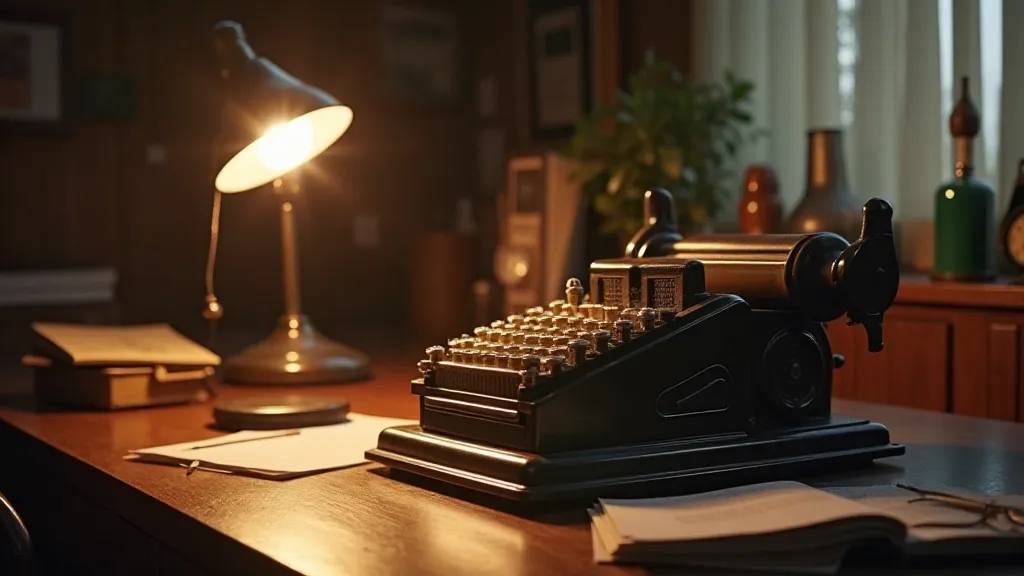
These aren't just machines; they’re testaments to human ingenuity, symbols of a bygone era, and objects of enduring beauty. And by listening to their whispers, by deciphering their silent signals, we can keep their stories alive, one click, one rotation, one carefully placed drop of oil at a time.
